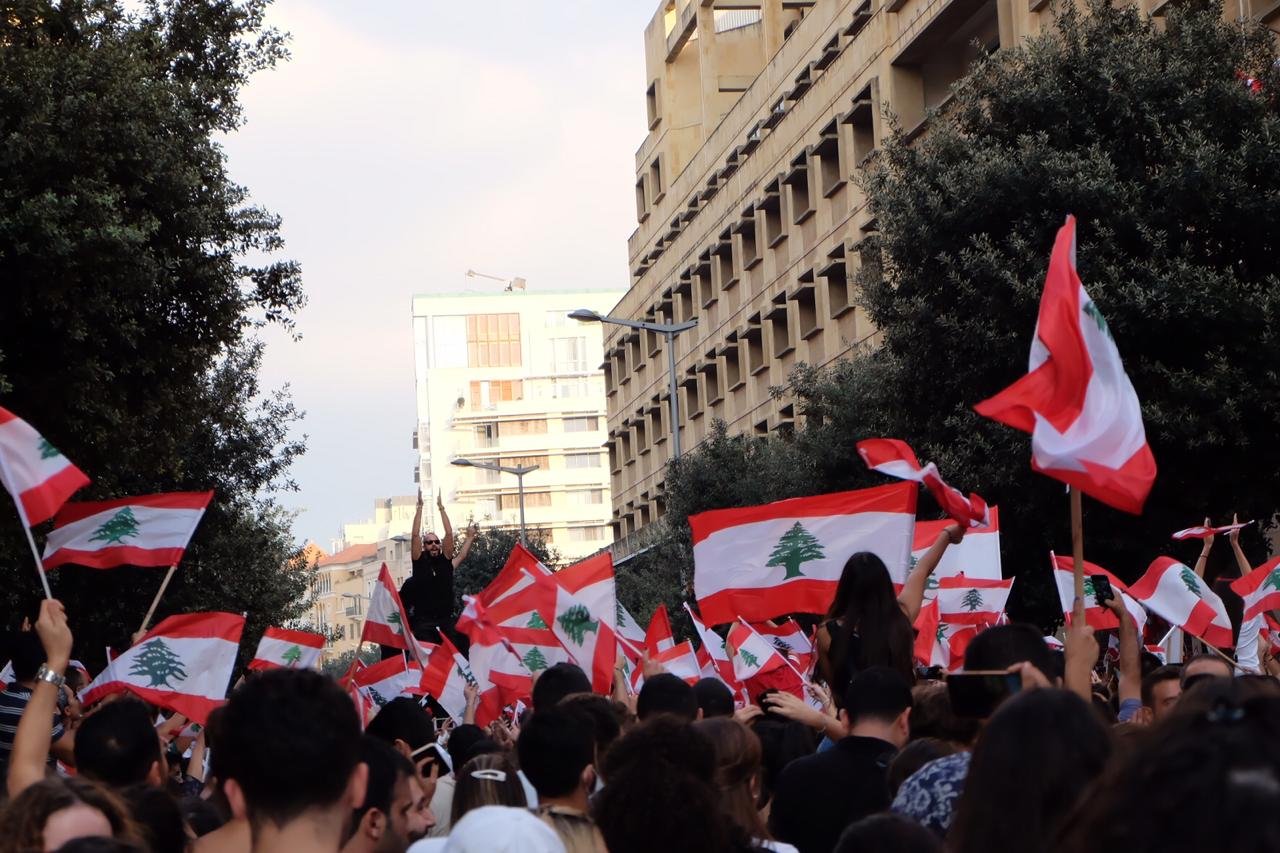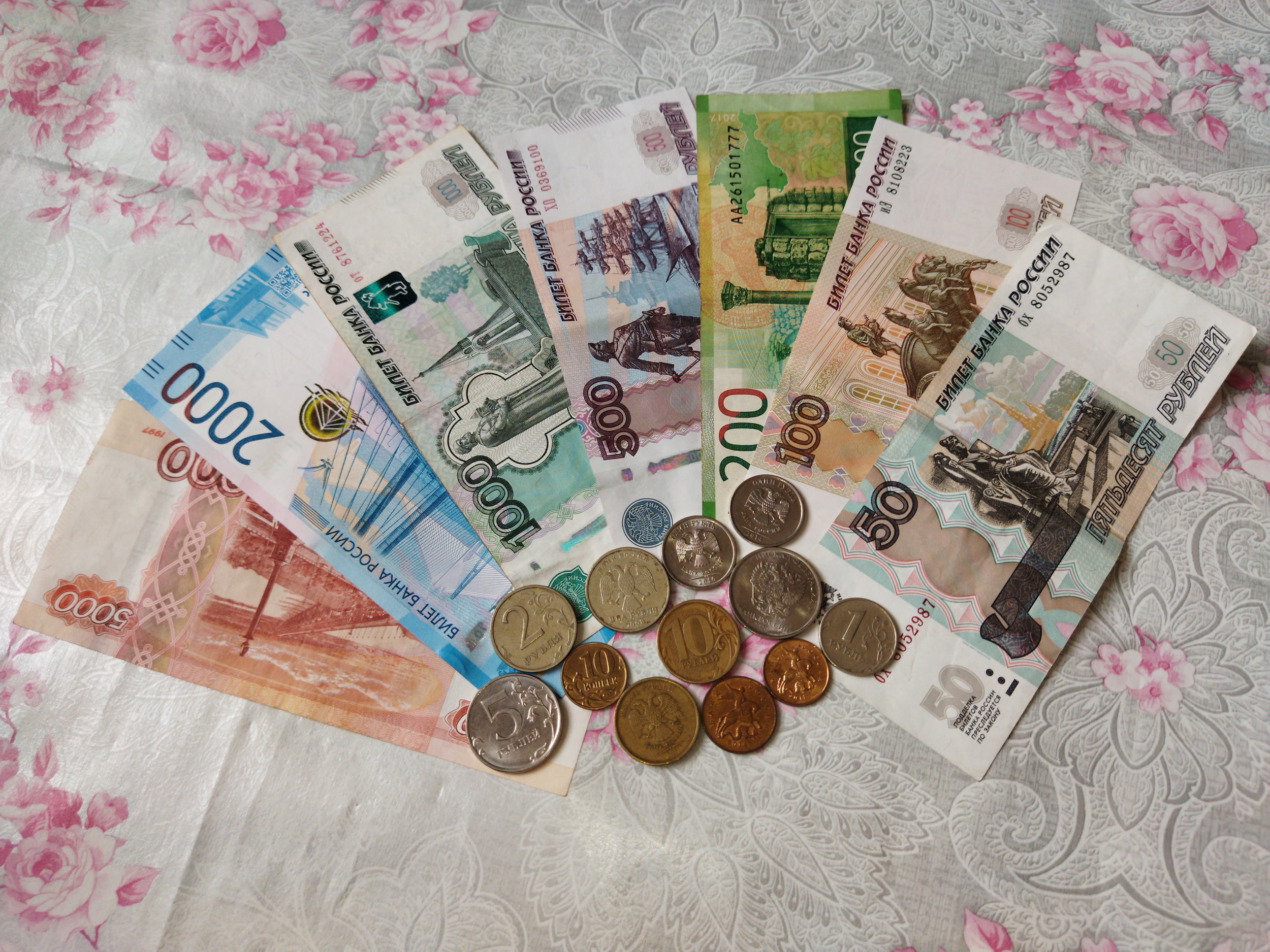Parallels Between Protests: What Lebanon’s Experience Means For Future Iranian Elections
Protests rippling through Beirut in 2019 (Wikimedia)
Hezbollah lost its majority coalition during Lebanon’s parliamentary elections on May 15, which occurred amidst a severe economic and social crisis.
Hezbollah is a Shiite political party and militant organization in Lebanon committed to the destruction of Israel and Western civilization in general, reports CFR. In addition to exerting political control over much of Lebanon’s Shiite-majority areas, including parts of Beirut, southern Lebanon, and the eastern Bekaa Valley region, the group has a history of international terrorism. Hezbollah is an Iranian proxy, receiving around $700 million per year in funding and weapons. The funds are used to manage a social service network, which includes constructing health-care facilities and schools, establishing youth programs, and providing garbage collection services. These initiatives are critical in securing long-standing support for Hezbollah and its allies, such as Amal and the Free Patriotic Movement.
Hezbollah’s hold over the Lebanese parliament may be slowly eroding (data visualization by Eileen Miller).
However, beginning in October of 2019, Hezbollah became the target of mass country-wide protests. As many as a million activists from numerous religious and class backgrounds—nearly a fourth of Lebanon’s population—took to the streets to voice their anger at government corruption (the richest 3,000, including several politicians, control 10% of the nation’s wealth) and the economic and social plight of all citizens (electricity, sanitation, and internet services are all limited and faulty). As the protests stretched across months, the ideology evolved into a rejection of the political establishment and widespread sectarian divisions, according to NDI. The protests resulted in the resignation of Prime Minister Saad Hariri’s government in February 2020. He was replaced by Hassan Diab.
The strength of the protests only grew with the devastating Beirut port explosion in August 2020, which further exacerbated Lebanon’s precarious political instability, as Al Jazeera reported. The blast killed 218, injured more than 7,000, displaced more than 300,000, and cost an estimated $3.8 to $4 billion in material damages. The disaster could have easily been avoided had Lebanese authorities listened to safety warnings regarding a warehouse at the port containing 2,750 tons of highly flammable ammonium nitrate; a fire in an adjacent building ultimately triggered the explosion. This horrific event led to Diab’s resignation only a few weeks later, with Najib Mikati named his successor.
The Lebanese military and security forces have handled these protests with excessive force, including beatings, the use of tear gas and rubber bullets, and at times, live ammunition, according to Amnesty International. These cases of excessive force were accompanied by a simultaneous crackdown on the freedom of expression.
The widespread protests and the Beirut port explosion, combined with increasing cases of COVID-19 and an unprecedented financial meltdown which saw the Lebanese pound lose more than ninety percent of its value, created a tense political atmosphere for the 2022 election, Reuters reported. Several election problems arose concerning uncontrolled electoral spending, vote-buying—which was particularly useful as roughly 75 percent of Lebanon’s population live in poverty—paid-for-media appearances, and voter intimidation, sometimes at gunpoint. Party agents and supporters were also present at many polling stations, distributing snacks, water, and literature on candidates and the voting process. Nonetheless, NDI reported that the election was still considered generally free and fair and was able to run on time, which was a question in the lead-up to the election, especially among the international community.
Of the 128 seats in the Lebanese parliament, Hezbollah lost nine seats, falling from a majority of 71 MPs to 62 MPs. In a promising political breakthrough, 13 MPs were elected from emerging reform-minded groups and civil society lists, an achievement considering that the nation’s sectarian electoral system favors established parties. Hezbollah’s opponents also gained political ground, Reuters reported; the Saudi-aligned Lebanese Forces, a Christian faction, reached 19 seats in 2022, compared to 15 in 2018. In a broader context, this movement illustrates a competition for power and influence between Saudi Arabia and Iran (which backs Hezbollah) in the Middle East. In addition, eight women were elected to Parliament, up from six in 2018. Despite the supposed progress, it is important to note that at least 80 percent of parliamentary seats were won by the same traditionally corrupt parties, illustrating that these groups have loyal support, even in the largest peace-time financial crisis since Lebanon’s independence, according to the United States Institute of Peace.
Unfortunately, the current state of affairs is not very conducive to reform, even with a sizable number of elected officials from outside the traditional political structure. Nonetheless, the 2022 election results provide a foundation for additional progressive candidates in 2026.
There are uncanny parallels between the 2019 protests in Lebanon and the current demonstrations in Iran, which were sparked by the death of Mahsa Amini, an Iranian-Kurdish woman, while in the custody of the morality police for allegedly violating Iran’s hijab mandate. Lebanon, like Iran, is an extremely sectarian state with contrasting religious beliefs and deep class divisions that carry over into the political sphere. Lebanon’s protests were relatively successful because people from all backgrounds united as one. The Iranian resistance movement today is so unique for the country because of this unification. The protests are not middle-class based, issue-specific, or geographically-isolating like they have been in the past. Iranians of all affiliations are joining together in protest of a normally untouchable conservative government, led by President Ebrahim Raisi.
Furthermore, both the Lebanese and Iranian security forces have responded violently with arrests and other strict measures. Thus far in Iran, authorities have arrested 14,000 citizens and killed 277, CNN reported. Yet, the protests continue, indicating that although a full revolution may be unlikely due to the presence of Tehran’s security measures, the people may force reforms upon leadership. It is also necessary to note that Iran’s political system– a theocratic republic with immense powers in the hands of a Supreme Leader– differs significantly from that of Lebanon’s. Still, the public’s wide-spread concerns are historically hard to ignore.
Looking to Lebanon, Iran’s protests appear to be headed toward some degree of success, with high prospects for reform-minded politicians, if allowed to run by the Guardian Council, in the next general election.








